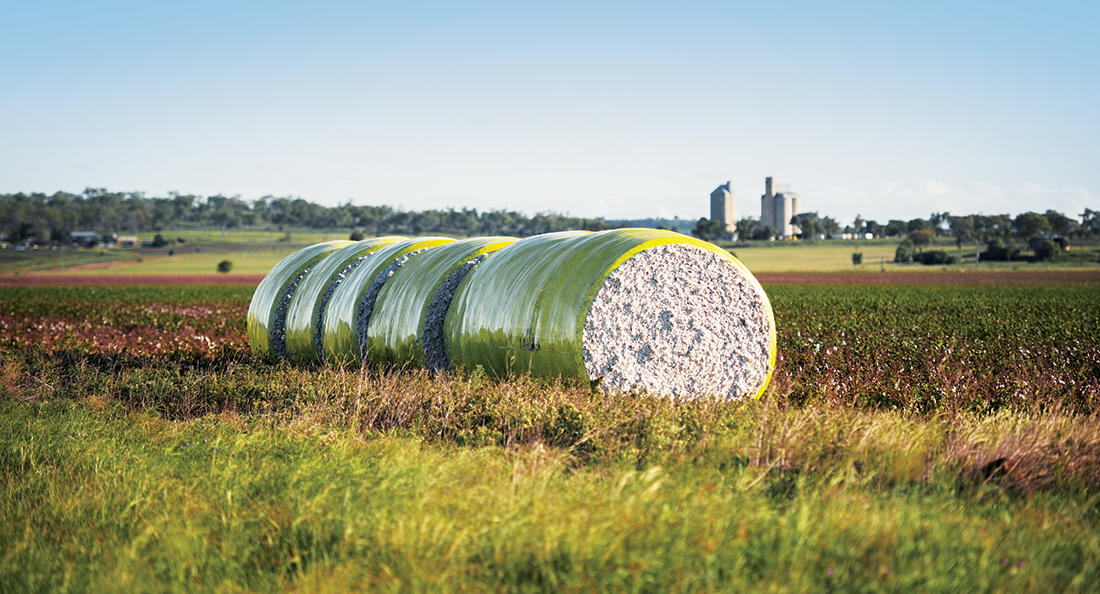A call to CRAM from BSC Wagga Wagga has meant specialist repairs and a targeted hydraulic maintenance program to improve equipment performance and reliability. JBS Meat Processing is one of the world’s largest meat processors with fully integrated facilities in Australia, South America, the United States and Europe.
Around twenty-four months ago one of the feed trucks used to distribute grain to the stock held in the feedlot at the JBS Wagga Wagga processing facility was refurbished. Based on the planned upgrade program – which included a range of mechanical/structural modifications – the site was of the understanding that the truck could carry an additional 150kg of stock feed, therefore improving its efficiency. Since going back into service, JBS has twice replaced the gearbox on the feed distribution system mounted on the rear of the truck. Power for the feed spreader comes from the truck – a PTO from the truck drives a hydraulic pump which drives the hydraulic motor which, in turn, drives the planetary gearbox. A shaft from the gearbox turns the spreader to distribute the feed.
A feedlot to service and stock to maintain means feed storage. The JBS Wagga Wagga facility includes five silos for grain storage, delivering raw grain to five mills for processing into stock feed. Each mill has its own powerpack which energises a cylinder to compress the two rollers which regulate the flow and required size of the grain. Up until the middle of 2019 the powerpacks were serviced on a regular basis by a local hydraulics technician, however when he sold his business the new owner was reluctant to take up the service contract at JBS so the packs have not been serviced for more than thirty months.
The two hydraulic oriented issues prompted JBS to call BSC Wagga Wagga for a resolution. BSC called CRAM. The problem with the gearbox started when the load was increased by 150kg, and the customer wanted to know if there was a problem with the hydraulics. Was the additional weight putting too much load on the gearbox? To pinpoint the cause of the gearbox failure – and with a view to providing solution – a series of tests were undertaken specifically to test the hydraulic pressure when the system was under load; in this case distributing the feed. Two trucks were involved in the test: the refurbished truck and a one of the original vehicles.
The results were surprising. A comparison of the operating pressures of the gearboxes in the three trucks (the site decided to include all three trucks in the test series) revealed that the gearbox that was giving the problems was the one operating at the lowest pressure (it was running at 3000psi/200bar, one of the other trucks was running at 3200psi/220bar and another at 3400psi/235bar). The series of tests revealed the hydraulics were working as designed, however they had unmasked a potential mechanical problem with the alignment of the gearbox to the feed distribution infrastructure.
As to the powerpacks, one of the questions JBS asked was could we supply the oil and any necessary parts required to provide the level of service required for these units. CRAM pointed out that not only would they supply any parts and consumables, they would also introduce a monitoring program for each powerpack to track its performance. As a unit, powerpacks are not overly difficult to service however their reliability and performance comes from a regular inspection, servicing, and monitoring regime.
As a first step – and given the two and a half years since the last service – each powerpack was essentially stripped down, thoroughly inspected and re-assembled with new filters, breathers, clogging indicators and any other parts (if required) and new hydraulic oil.
Step 2 is the condition monitoring program for each powerpack. At the completion of the service an oil sample was taken which will be the reference point for future samples. In six months a second oil sample will be taken and analysed and every six months after that oil samples will be taken. This program will give a good indication as to the condition and performance of the powerpack and also provide an early warning system around potential unit failure.
The decision by the BSC Wagga Wagga branch to involve and work with CRAM has highlighted the specialised hydraulic services available within the group and the many advantages such collaborations can deliver.
CRAM’s testing regime eliminated the hydraulics as the cause of the gearbox problems and have given a pointer as to what the underlying problem could be. A site-specific maintenance and monitoring program will improve operation of the powerpacks and deliver long term benefits. CRAM’s willingness to get involved has enhanced the relationship with their client.




